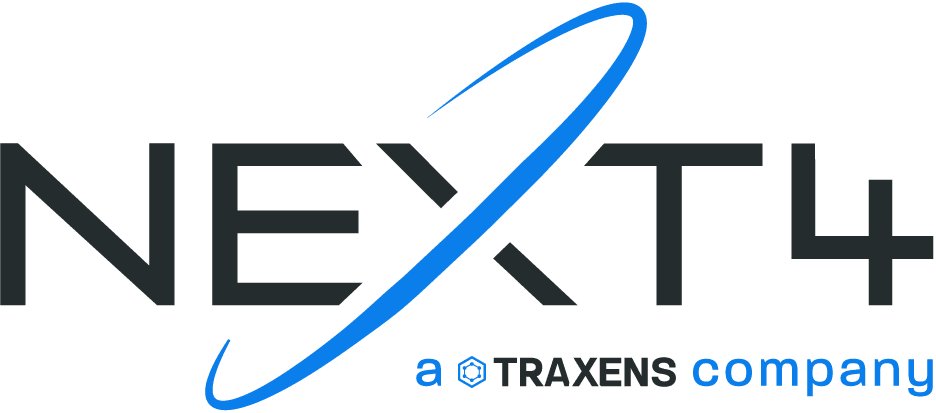
As we have seen in a previous article (How to estimate the battery life of an IOT product before developing it ?), it is possible, from the very beginning of the project, to estimate the targeted battery life of the final product. However, as soon as the project is truly launched, the objective is to optimize at most this battery autonomy.
In this article, we will approach the key points that allowed Next4’s R&D team to acquire more than a year of battery life for its shipping container tracker based of a cellular radio technology.
1. Cellular radio (2G/3G/4G) is thought as too consumptive …
This is the main claim of historic LPWANs (Low Power Wide Area Network) such as SigFox or Lora : “trackers based on cellular radios can’t have a good battery life because these technologies consume too much”. Only the historic LPWANs could provide over a year long battery life.
As we have seen in this article, in order to procure a true international network coverage, we can’t turn ourselves towards to these technologies whose deployment isn’t yet globalised.
And if it’s undeniable that cellular consumes more than SigFox ou Lora, it is important to put into perspective this difference through 2 angles :
a. The low-speed developments of 4G (LTE CAT-M1 and NB-IoT) consume much less energy
These technologies have been designed to compete with historical LPWANs by significantly reducing power consumption compared to 2G or 4G.
If the main improvements are rather oriented for static objects that have to remain permanently connected to the network (eDRX and PSM functionalities in particular) and do not directly concern an international container tracker, we were nevertheless able to observe a reduction in consumption of about 30% compared to a 2G network in our case of use.
As the deployment of these new technologies only requires a remote update of the existing LTE antennas, it is done at high speed all over the world. In addition, at NEXT4, we have selected a modem that allows 2G fallback in order to continue to operate wherever this deployment has not yet taken place.
b. And it all depends on how you use it!
As is often the case, it makes no sense to say that a particular technology or component is too consuming if it is not put into its use.
It’s true that cell phones consume a lot when you’re always connected to the network, and even more when you’re on the move and have to switch from one antenna to another without losing connectivity.
However, in our case, container tracking does not require a permanent and real-time communication between the tracker and the server or at the initiative of the latter. It is therefore possible to completely switch off the modem 99.9% of the time and only use it periodically or upon detection of events in order to send and/or receive a message.
Nowadays, modems are optimised to reconnect to the network extremely quickly even if they have been switched off for a long time: when you leave the airplane mode of your phone, it only takes a few seconds to reconnect to the network!
In conclusion, even when using a “classic” 2G network, in our use case, it is possible to greatly optimize the use of the modem in order to limit the impact of its consumption. And where new cellular technologies, such as LTE-M, are deployed we will gain at least 30% more.
2. A little onboard intelligence can save big
As we have just seen, in order to limit the energy cost of the modem, we need to optimize the communication moments between the tracker and the server.
We have therefore decided to apply the principles of Edge Computing: we use the data from the sensors in the tracker to implement embedded algorithms from machine learning applications to detect specific events such as the beginning and end of movements, shocks, door openings, changes in transport mode, loading and unloading of the boat, etc.
This allows us to limit the sending of unnecessary periodic messages and to transmit mainly on the key moments of a container shipment.
This approach goes against a widespread idea in the IoT world, which aims to embark little intelligence in the object and to deport it as much as possible to the server. This in order to :
– limit the resource requirements (memory size, processor speed, OS, etc…) of the object and thus its cost.
– minimize the number of bugs in the embedded object which are more difficult to fix remotely.
Although we adhere 100% to this principle, we keep in mind that today it is possible to implement complex algorithms in microcontrollers with low cost (~1$ each) and very low power consumption (< 1µA in standby).
No, it is not necessary to run a linux OS to detect a door opening ! And we implement the necessary validation and non-regression strategies to ensure the quality and robustness of the tracker features.
3. A selection of truly “low power” electronic components can make the difference
When you want to achieve a high level of autonomy, you naturally turn to “low power” electronic components. However, one must be careful: being “low power” is very relative!
- The cellular technologies mentioned above (LTE CAT-M1 and NB-IoT) are part of LPWANs because they are “low power” versions of 4G, but they still consume more power than other LPWANs.
- Some “low power” processors consume more than others that are not considered as “low power” : they are in fact less consuming than their predecessors but still consume more than other processor ranges that were already low power oriented from the first generations.
It is therefore necessary to carefully study the datasheets of each component. And it is also imperative to measure their consumption in real conditions (via evaluation boards or on prototypes) in order to be able to clarify certain ambiguities (left voluntarily or not) in the technical documentation: what does the component’s “standby” mode represent? can it take measurements or be woken up quickly when in this mode? etc.
At NEXT4, we have applied this principle to all the components of our electronic board : microcontroller, sensors, modem, regulators, etc. This allows us to control exactly the consumption of our tracker and therefore its autonomy.
4. A suitable energy source and that’s it!
Last but not least, the key point is obviously to select the energy source that is best suited to the needs and operation of the product.
In our case:
- the duration of a shipment by sea can be more than 6 weeks, without the possibility of recharging the tracker’s battery.
- the tracker will be subjected during shipments to extreme temperature conditions.
- the minimum voltage for the proper functioning of the product is 3.6V
These criteria led us to select 3 AA lithium batteries that offer us a capacity of approximately 3200mAh. This popular battery format also limits their cost and makes them easy to replace after a few years of use.
Conclusion
As we have just seen, thanks to a selection of really “low power” components and relevant embedded algorithms, our tracker reaches an autonomy of more than 2 years. This using a cellular technology which is the only one to allow a real international coverage.
by Julien Brongniart

